Accessible Remote Work Storage: Smart Solutions for Adaptive Equipment and Ergonomic Success
For remote workers managing physical limitations, proper storage of adaptive equipment and ergonomic tools isn’t just about organization – it’s about maintaining independence and productivity. This comprehensive guide will help you create an accessible storage system that protects your specialized equipment while keeping it readily available for daily use.
Understanding Your Storage Needs
Before diving into storage solutions, consider the following equipment categories that may require specialized storage:
- Adaptive keyboards and pointing devices
- Speech recognition equipment
- Ergonomic chairs and supports
- Document holders and reading stands
- Adjustable monitor arms and screen magnifiers
- Mobility assistance devices
Climate-Controlled Storage Considerations
Electronic adaptive equipment requires specific environmental conditions to function optimally. Here’s what you need to know about climate-controlled storage:
- Maintain consistent temperature between 68-72°F
- Keep humidity levels between 45-50%
- Protect equipment from direct sunlight
- Ensure proper ventilation to prevent overheating
Organizing for Accessibility
Create an efficient storage system that prioritizes easy access:
- Use adjustable shelving at appropriate heights
- Install pull-out drawers for heavier items
- Implement clear labeling systems
- Maintain clear pathways to stored equipment
- Consider modular storage solutions that can adapt to changing needs
Protection During Power Outages
For equipment that requires constant power or specific environmental conditions:
- Install backup power systems for essential devices
- Create an emergency storage plan for sensitive equipment
- Keep portable charging solutions readily available
- Document proper shutdown procedures for power emergencies
Daily Access Solutions
Optimize your workspace for daily equipment use and storage:
- Create designated zones for different types of equipment
- Use cable management solutions that accommodate adaptive devices
- Install easy-access mounting systems for frequently used items
- Implement storage solutions that minimize physical strain
Maintenance and Care
Proper maintenance ensures your adaptive equipment remains reliable:
- Establish regular cleaning schedules
- Keep equipment manuals easily accessible
- Store cleaning supplies in convenient locations
- Document maintenance procedures for caregivers or assistants
Professional Storage When Needed
For equipment rotation or long-term storage needs:
- Choose climate-controlled storage units
- Select facilities with accessibility features
- Document equipment settings and configurations
- Consider insurance for stored equipment
Emergency Preparedness
Being prepared for emergencies ensures continuous access to essential equipment:
- Create an emergency equipment checklist
- Keep backup equipment readily available
- Store emergency contact information visibly
- Document emergency procedures clearly
Conclusion
Smart storage solutions for adaptive equipment go beyond simple organization – they’re about creating an environment that supports independence and productivity. By implementing these storage strategies, you can maintain an efficient, accessible workspace that meets your unique needs while protecting your valuable adaptive equipment.
Remember, the key to successful adaptive equipment storage is personalization. Adjust these guidelines to fit your specific requirements and don’t hesitate to modify solutions as your needs evolve. With proper storage and organization, you can create a remote work environment that supports both your professional success and physical wellbeing.



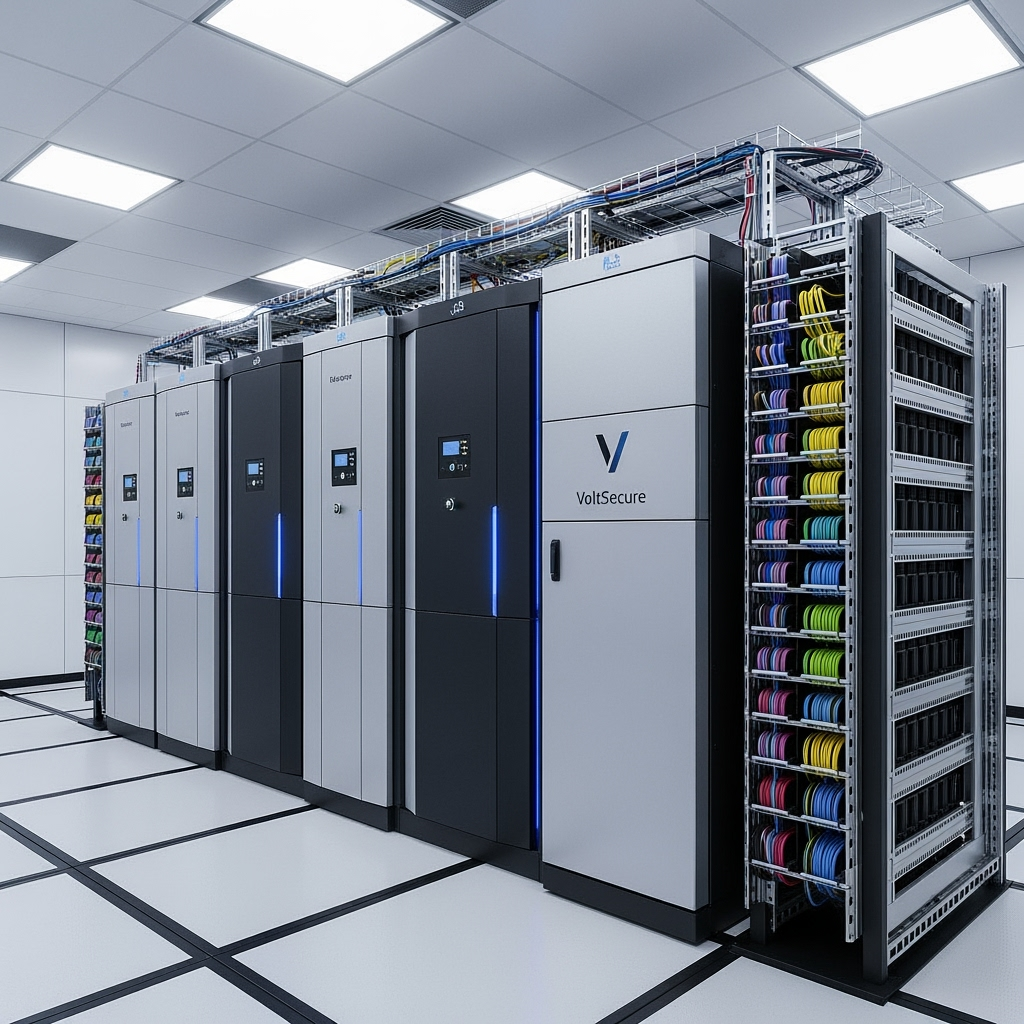

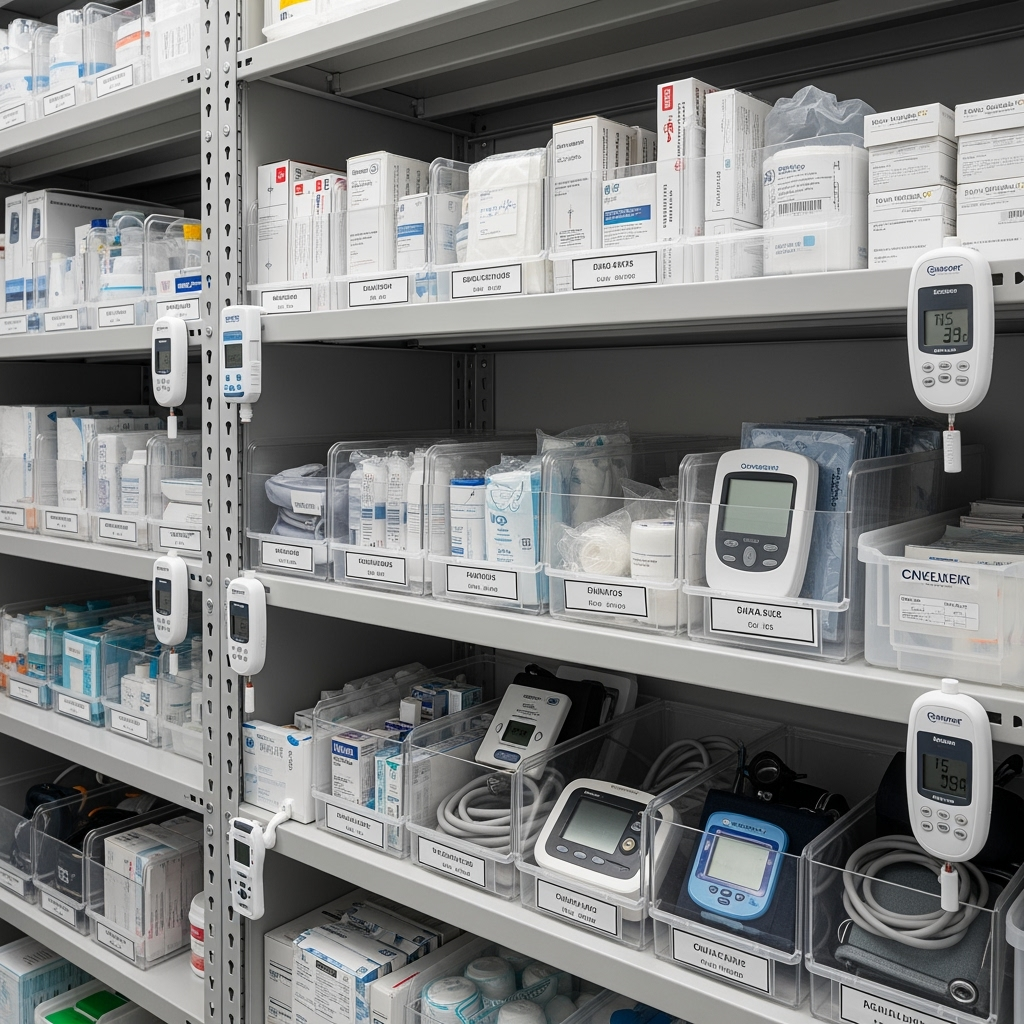
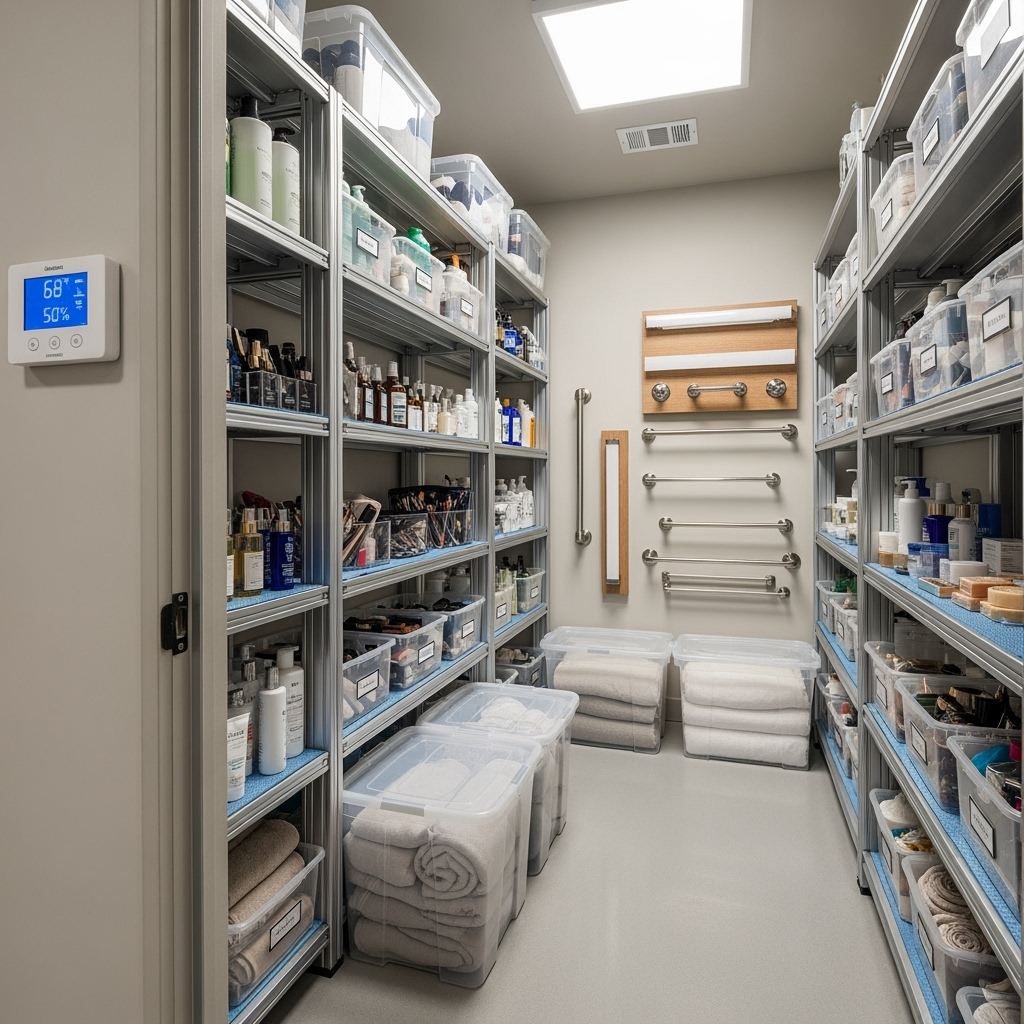
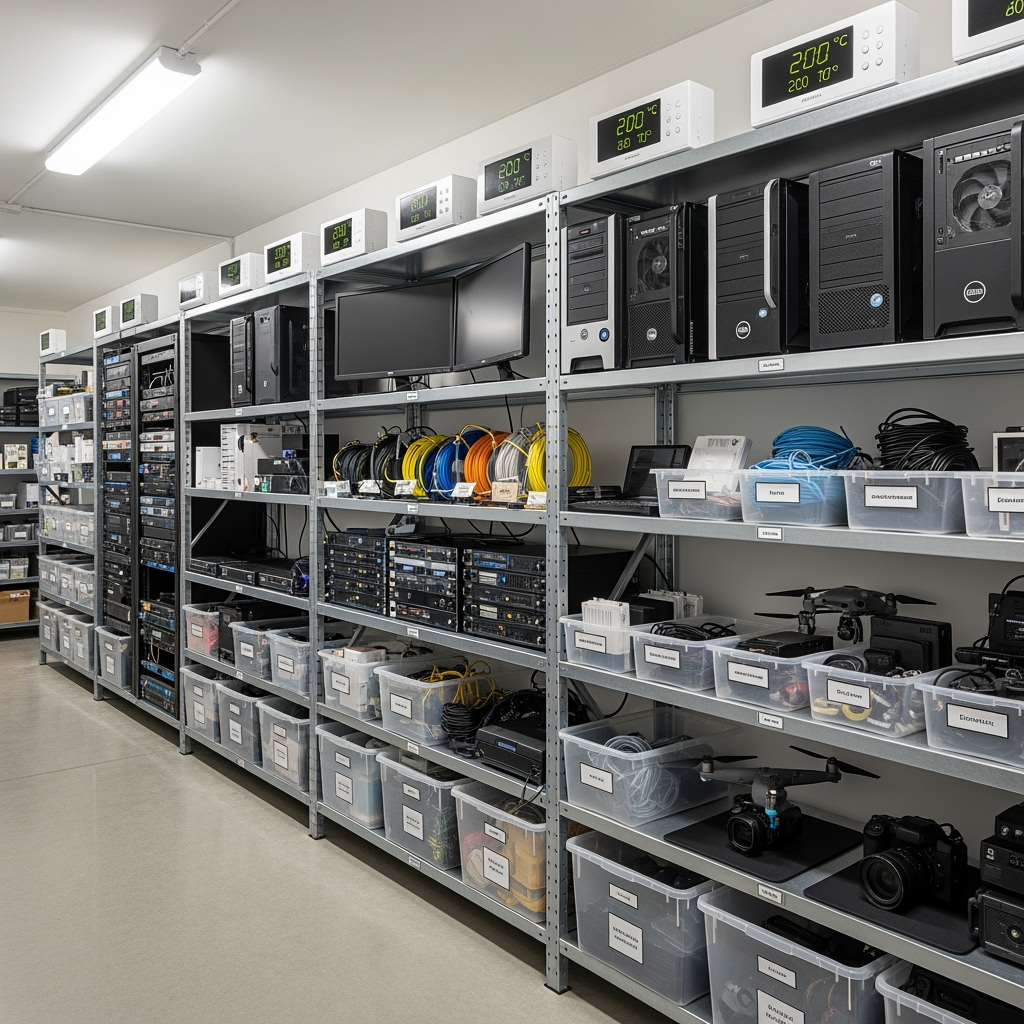

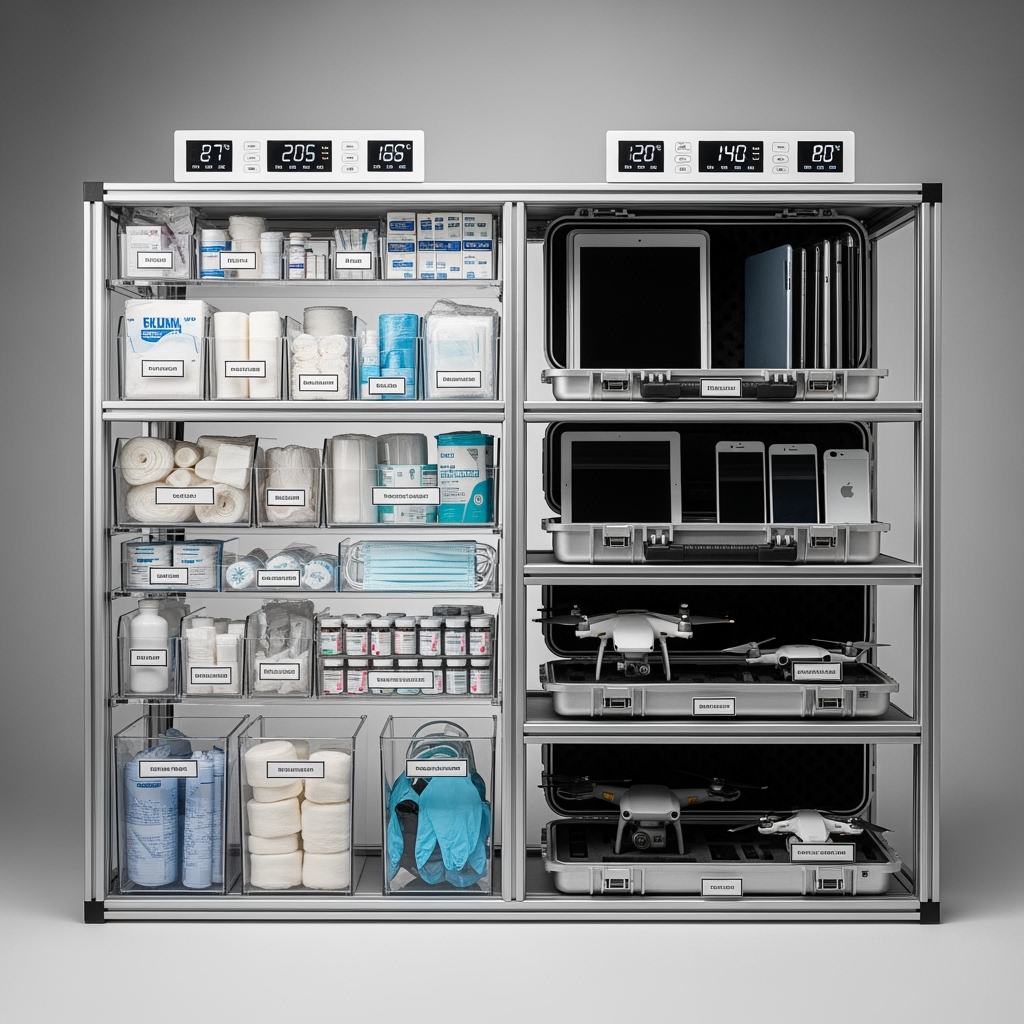
Leave a Reply